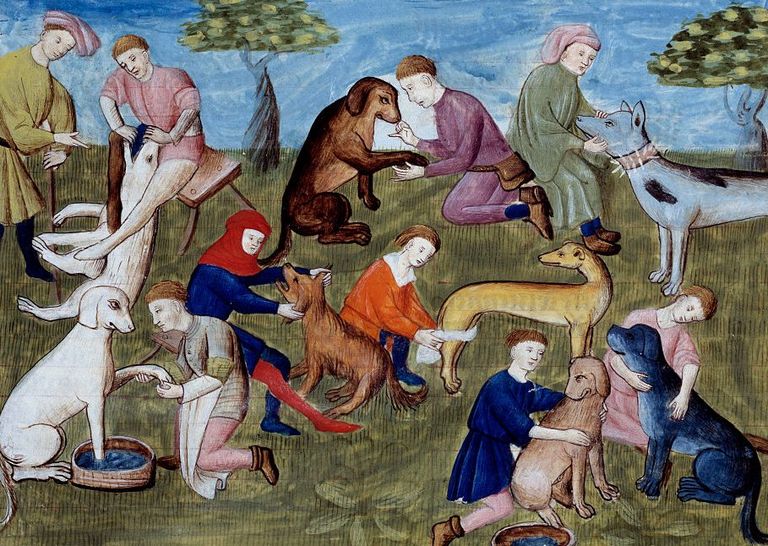Medieval Veterinarians Treated Animals With Truly Bizarre Methods
From wise women doling out healing herbs to eccentric quacks using methods laid out by the ancient Greeks, the world of medieval medicine was a strange place. But while we might be familiar with some of the practices used to treat humans back then, we know relatively little about how ailing animals were cared for in the Middle Ages. Be warned: things are about to get a little strange.
Medieval pets
Surprisingly, many households were just as enamored with their pets in medieval times as they are in the 21st century. And livestock such as sheep and cattle played an important role for families across the class spectrum. But some of the methods employed by veterinarians of the time would never pass today.
The Middle Ages
In modern times, we tend to look back on the Middle Ages as a time of great hardship and strife. And with high mortality rates, impoverished living conditions, and epidemic diseases such as the Black Death, it’s hard to imagine that medieval citizens would have had much time for frivolities such as pets.
Revered position
But according to the experts, animals occupied a surprisingly revered position in medieval society. Although companion creatures such as dogs and cats were not as common as they are today, they certainly existed in both poor and wealthy households alike. And some owners brought even more unusual pets into their homes.
Kathleen Walker-Mielke
According to Kathleen Walker-Mielke, who wrote the 2012 book Medieval Pets, there are multiple records of people keeping domestic animals in the Middle Ages. Apparently, Petrarch, the Renaissance poet, had a number of dogs — including an abandoned rescue that he gave a new home. And later, fellow Italian Isabella d’Este would develop a love of cats.

